Read next
The latest news, updates and expert views for ambitious, high-achieving and purpose-driven homeowners and property entrepreneurs.

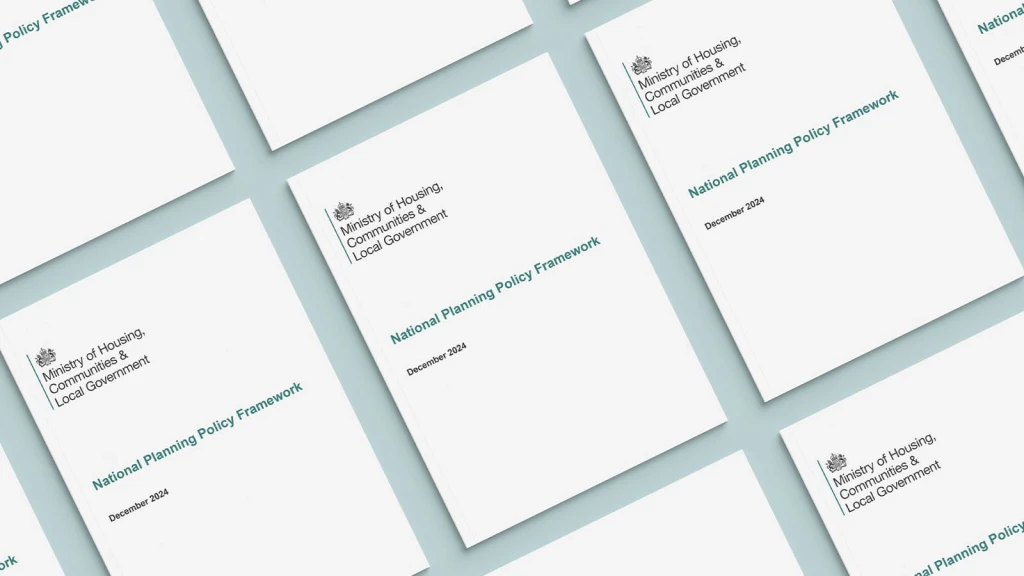
On the 30th of July 2024, Labour released its draft revisions to the NPPF, which revealed substantial reforms on national planning policy.
The government then considered the feedback and officially adopted the new framework on the 12th of December 2024.
From reinstating local housing targets to finally defining the Grey Belt, the revisions to the NPPF are significant and, if all goes to plan, will help propel housebuilding in England to the levels it desperately needs to meet.
In this article, I’ll take a microscope to the new NPPF 2024 and legislation changes, highlighting the key updates you need to know.
I’ll also share our expert opinion on what the updated NPPF will mean for property development in Britain and will recap what the industry has to say about the new planning rules.
So let’s get to it: Your guide to the final version of the new NPPF 2024.

The Labour Party hinted at big change in the lead-up to the election and the first steps to delivering 1.5 million homes over the next five years have now been made public.
On the 30th of July 2024, Deputy Prime Minister Angela Rayner addressed the House and announced the measures the Labour government will take to reach its ambitious housing promises to ‘turbocharge growth’.
Angela Rayner’s address laid bare the scale of the housing crisis and outlined bold measures to tackle it head-on. Her speech marked a pivotal moment in the government’s efforts to prioritise housing delivery.
Opening her address, Rayner said, “We’re facing the most acute housing crisis in living memory. 150,000 children in temporary accommodation. Nearly 1.3 million households on social housing waiting lists. Under 30s less than half as likely to own their own home, compared to in the 1990s. Rents are up 8.6% in the last year. Total homelessness at record levels. There are simply not enough homes.”
Rayner went on to announce the reinstatement of the mandatory local housing targets that were scrapped by the Tories in late 2022, explaining they would not only return but that the previous national target of 300,000 homes would hike to 370,000.
On the same day as Rayner’s address, the government released the NPPF tracked changes document, which shows exactly what is being scrapped from the old NPPF, what will remain, and what will be added.
This document provided a clear blueprint for how Labour intended to reshape the planning system, sparking industry-wide anticipation. The proposed NPPF changes were up for consultation until late September.
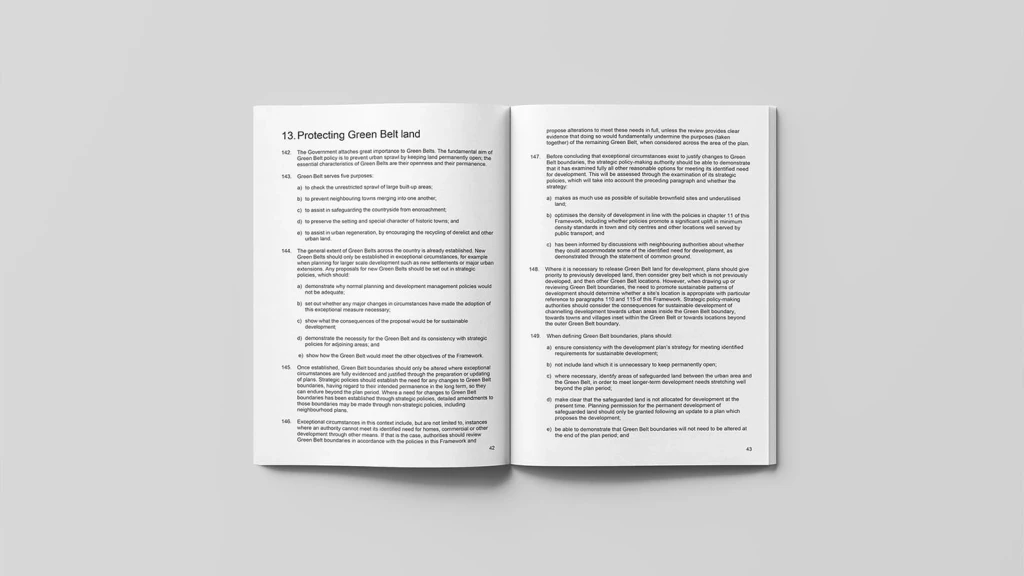
Following extensive consultation, the government unveiled the finalised NPPF with a renewed focus on housing supply and infrastructure. These changes introduce new planning rules designed to address areas where the consultation draft fell short of achieving its core objectives of increasing housing supply and fostering economic growth.
The new planning rules place greater emphasis on balancing housing delivery with economic priorities and environmental considerations, ensuring a more sustainable and effective approach to development.
The final version of the new NPPF, released on 12 December 2024, introduces one of the most ambitious planning reforms in decades, aimed at addressing the housing crisis while redefining key planning priorities. It provides a clear framework for Local Planning Authorities (LPAs) and stakeholders to align their development strategies with national goals.
By incorporating these new planning rules, the government has demonstrated its commitment to tackling the housing crisis, boosting economic growth, and delivering a planning system that reflects both community feedback and long-term priorities.
With the revised framework now in place, the focus shifts to understanding its transformative policies. So, what are the main changes to the updated NPPF?
The new NPPF 2024 has a lot to say about the Green Belt, making many necessary changes.
While I believe more could have been done (as I will discuss at the end of this article), these steps are a starting point and are more than any previous government has done for Green Belt reform since it was first introduced. For that, I commend them.
With this in mind, let’s take a look at what the government has in store when it comes to the Green Belt rules.

The new NPPF 2024 formally defines the ‘Grey Belt’, which was first introduced into the planning lexicon by Keir Starmer back in October 2023.
The new definition describes the Grey Belt as previously developed land (also known as brownfield land) or any other parcels of land within the Green Belt that do not strongly contribute to the following purposes of the Green Belt:
This marks a pivotal reclassification, allowing underused or low-value Green Belt land to be repurposed for housing without undermining its primary functions.
Importantly, ‘Grey Belt’ does not include land that is subject to stringent protections outlined in the new NPPF 2024. These protections encompass areas such as Sites of Special Scientific Interest (SSSIs), irreplaceable habitats, designated heritage assets, flood-prone areas, and landscapes of national importance like National Parks, Local Green Spaces, and Heritage Coasts.
Where such protections apply, the land is excluded from being classified as ‘Grey Belt’ to ensure that development in these areas remains restricted or entirely refused.
So, as long as the land doesn’t undermine the overall Green Belt function, or is not subject to stringent protections such as Sites of Special Scientific Interest, National Parks, or Local Green Spaces, housing on Grey Belt land can be permitted.
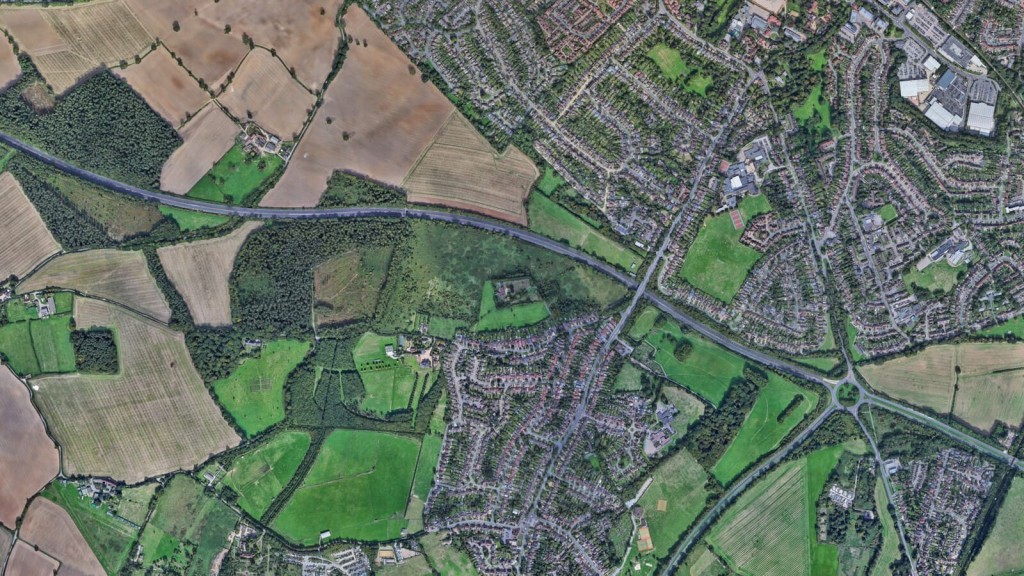
Paragraph 145 of the new NPPF 2024 says that Green Belt boundaries should only be adjusted where there are fully evidenced and justified exceptional circumstances, through either updating a local plan or preparing a new one. This approach is consistent with the previous rule.
However, the definition of exceptional circumstances now explicitly includes situations where a local planning authority "cannot meet its identified needs for development in other locations, as fully evidenced and justified." In these cases, LPAs must review their Green Belt boundaries and "propose alterations to meet these needs in full, provided the review demonstrates that such changes would not undermine the overall purposes of the Green Belt within the area of the plan."
Additionally, the updated NPPF removes the clause that previously stated, “there is no requirement for Green Belt boundaries to be reviewed or changed when plans are being prepared or updated,” effectively making such reviews mandatory in appropriate contexts.
To address unmet development needs, the new planning rules now mandate that LPAs take a more structured approach to Green Belt reviews. When assessing Green Belt land for potential development, land must prioritised in the following order:
This tiered framework prioritises development on land that least compromises the Green Belt’s purposes, ensuring sustainability and minimising environmental impact. By prioritising development on land with the least impact on Green Belt purposes, this approach aligns with the NPPF’s overarching goals of sustainable housing delivery.
According to the new paragraph 156, when major development does go ahead on land that has just been released from the Green Belt via local plan preparation or review, or on sites where building is allowed through “development management”, the following requirements need to be met:
It is encouraging to see the provision of affordable housing included in the updated legislation, along with the obligation to improve or create accessible green spaces. This represents a more holistic approach to development, ensuring the integrity of the Green Belt is preserved and helping to frame building on the Green Belt as a positive opportunity, rather than the negative it has often been perceived as.

As anticipated, the new NPPF 2024 reverses the changes to the 5-year housing land supply (5YHLS) made in late 2023. Local planning authorities will now once again need to demonstrate a 5YHLS, regardless of how recently their local plan was adopted.
Previously, under the 5YHLS requirement, LPAs had to annually update their supply of deliverable sites to ensure enough land was available to meet five years of housing demand.
This reversal aims to restore consistency in housing delivery across LPAs, particularly in areas struggling to meet demand. However, it could lead to increased development pressures in underperforming areas, including more appeals for land release. This mechanism complements the mandatory housing targets by holding LPAs accountable for aligning their local delivery with national goals.
This housing need was calculated based on either the local plan's requirements or, where plans were outdated, local housing need. Failure to demonstrate a 5YHLS triggered the presumption in favour of sustainable development, making it easier to approve new housing and boost delivery. This often led to contentious appeals and unplanned developments, particularly in areas with underperforming housing delivery.
A lack of 5YHLS can also constitute very special circumstances for development on Green Belt land. This remains unchanged, meaning that if an LPA cannot demonstrate a 5YLHS, it could justify Green Belt development, especially when combined with factors such as affordable housing provision, self-build housing or critical infrastructure needs.
The 2023 amendments had relaxed these requirements, allowing LPAs with up-to-date local plans to avoid demonstrating a 5YHLS altogether. For those in the late stages of plan-making, the requirement was reduced to a 4-year housing land supply.
However, the new NPPF 2024 reinstates stricter accountability. All LPAs must now demonstrate a 5YHLS regardless of the age or status of their local plan. The reinstated 5YHLS requirement directly supports the national housing targets, ensuring that LPAs allocate sufficient land to meet their housing delivery obligations. This ensures housing delivery is consistently monitored and maintained, reinforcing the government’s commitment to addressing housing needs across the country.
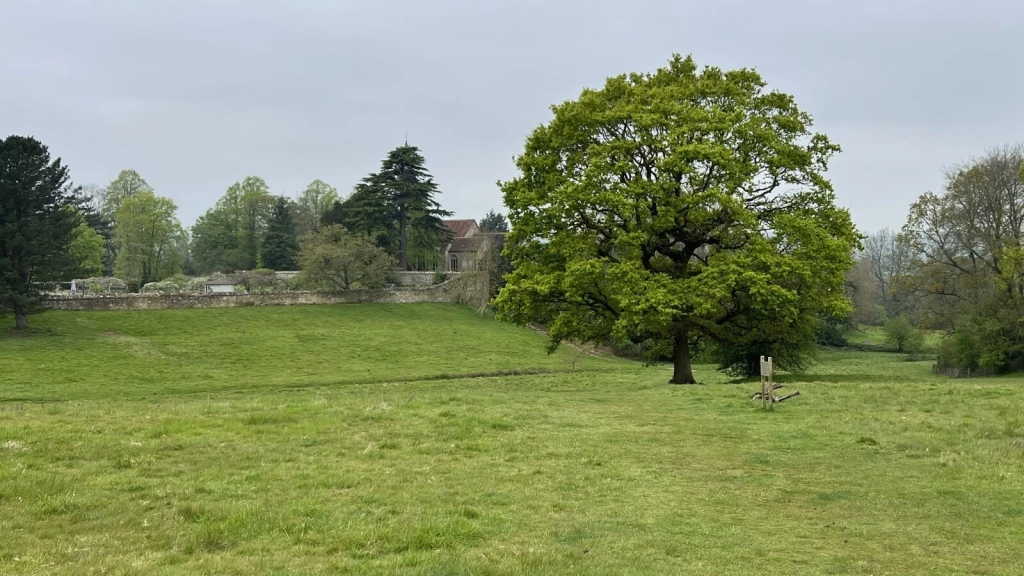
There have been slight changes to the exceptions to Green Belt development in the new NPPF 2024. The first is paragraph 154g, which previously allowed for limited infilling or the partial or complete redevelopment of previously developed land, whether redundant or in continuing use, as long as it:
“would not have a greater impact on the openness of the Green Belt than the existing development; or not cause substantial harm to the openness of the Green Belt, where the development would re-use previously developed land and contribute to meeting an identified affordable housing need within the area of the local planning authority.”
Now, in its revised form, the exception has been simplified under the new planning rules to allow:
“limited infilling or the partial or complete redevelopment of previously developed land (including a material change of use to residential or mixed use including residential), whether redundant or in continuing use (excluding temporary buildings), which would not cause substantial harm to the openness of the Green Belt.”
This change simplifies the policy by removing size restrictions for new development and eliminating the need to address identified affordable housing needs, granting developers greater flexibility.
Additionally, clause h) has been introduced to the list of exceptions, with the following forms of development allowed when they preserve the Green Belt's openness and don't conflict with the purposes of the land. The new exceptions include:
Additionally, there are now further conditions under which housing, commercial, or other development in the Green Belt may not be considered inappropriate. These are listed in paragraph 155 and include:
These changes in the new planning rules reflect a more flexible yet structured approach to Green Belt development, balancing the need for housing and other uses with the Green Belt’s essential functions. These criteria aim to balance the flexibility provided by the new Green Belt exceptions with the need to uphold its core functions and deliver high-quality development.
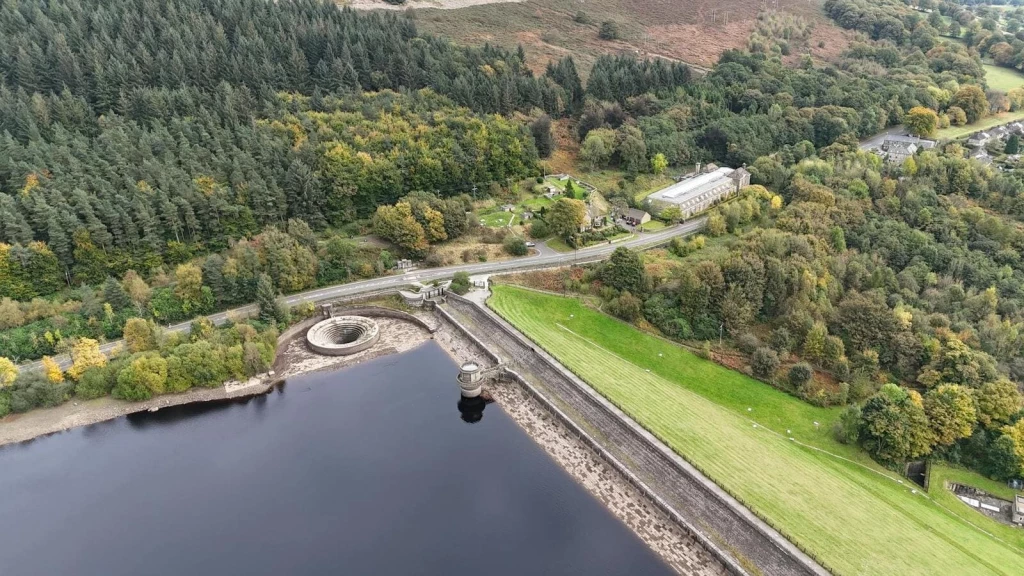
The new NPPF 2024 introduces "Golden Rules" that set clear criteria for granting planning permission on Green Belt land. Proposals that meet these standards are given significant weight in favour of approval, as outlined in paragraph 156.
This ensures that necessary developments contribute meaningfully to housing, infrastructure, and environmental goals while respecting the Green Belt’s integrity.
The three golden rules are:
Paragraph 158 makes it clear that developments adhering to the Golden Rules should carry significant weight in planning decisions. This policy framework incentivises sustainable, high-quality projects that address critical housing and infrastructure needs while maintaining the core functions of the Green Belt.
That’s the most important Green Belt changes covered. Now let’s move on to the presumption in favour of sustainable development.
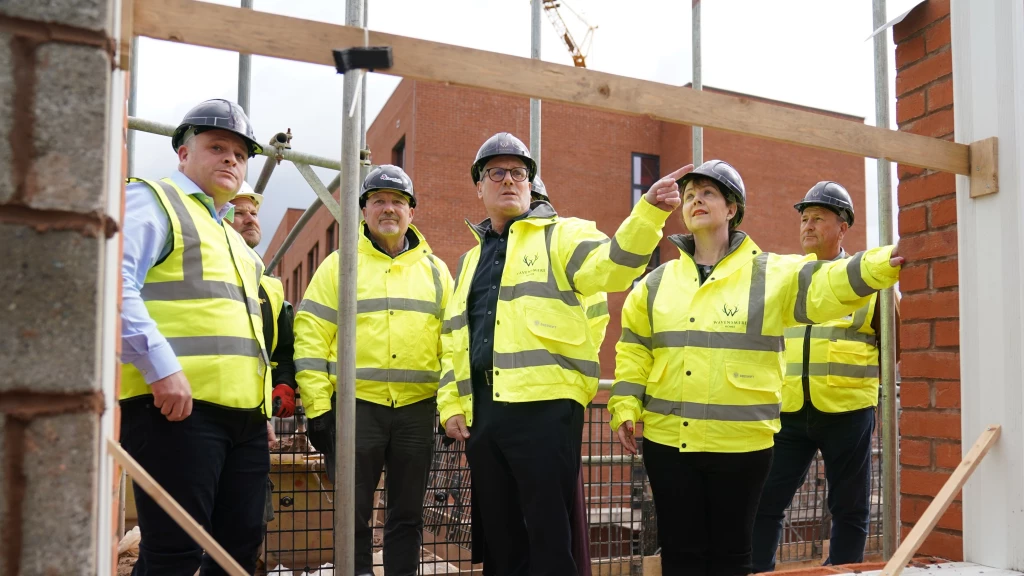
The presumption in favour of sustainable development—designed to encourage planning permission where plan policies are outdated—has been significantly refined in the revised NPPF. These updates aim to clarify its application, ensuring it aligns more closely with local and national priorities for sustainability, quality, and housing delivery.
Paragraph 11(d) of the new NPPF specifies that the presumption in favour of sustainable development applies when "the policies which are most important for determining the application are out-of-date." This includes situations where relevant policies, particularly those concerning land supply, are absent or no longer fit for purpose. This refinement aims to ensure a more consistent approach to decision-making, preventing ambiguity and misuse.
Notably, the new framework emphasises the integration of locational and design policies, as well as affordable housing considerations. This approach seeks to ensure that developments approved under the presumption contribute to sustainable and high-quality outcomes.
For instance, locational policies could prioritise development in well-connected areas with strong transport links and established infrastructure, while design policies might focus on fostering high-quality, community-oriented developments that preserve and enhance local character and promote livability.
These safeguards represent a decisive step toward balancing the pressing need for housing with sustainability and quality. By encouraging thoughtful development, the updated NPPF aims to deliver homes that meet both immediate demands and long-term community goals, ensuring the presumption acts as a failsafe for housing delivery without compromising on quality or sustainability.
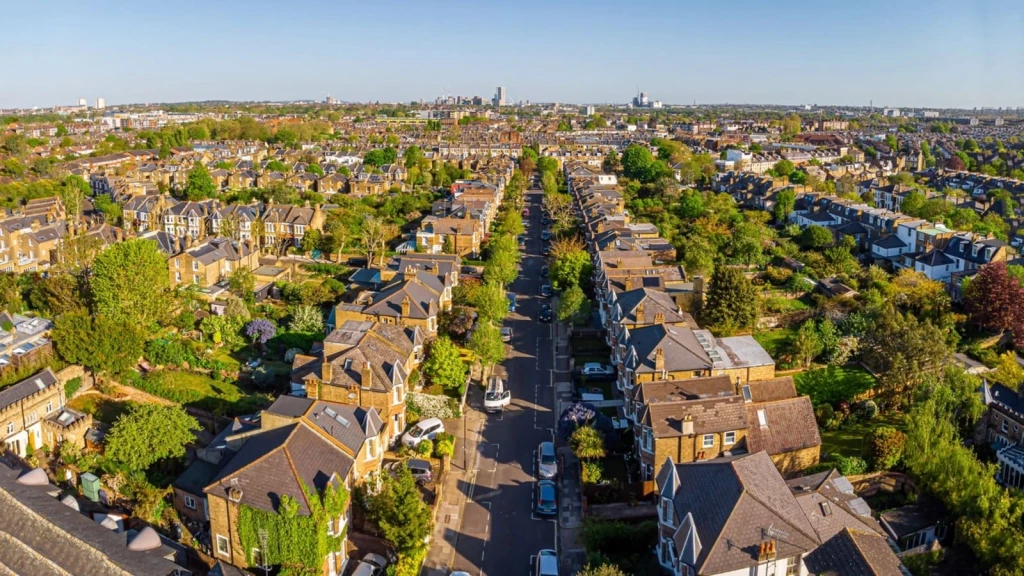
As mentioned earlier, the national housing target has now been lifted to an ambitious 370,000 homes annually; formerly the goal was 300,000, a target that’s not been met in over 50 years.
To meet this ambitious goal and deliver 1.5 million homes during this parliamentary term, the new NPPF 2024 reinstates mandatory housing targets, making them compulsory rather than advisory. These mandatory targets are complemented by the reinstated 5-year housing land supply (5YHLS) requirement, ensuring that LPAs remain accountable for translating these targets into deliverable housing projects.
Under the new planning rules, all councils will be required to set housing targets according to one standard method, rather than using differing metrics from council to council. Though the standard method was the go-to approach in the past, councils had the option to use different methods if they wanted to.
The updated NPPF requires councils to demonstrate that every possible measure has been taken to boost supply before requesting a reduction in housing targets. This standardisation supports the accountability mechanisms in the 5YHLS requirement and ensures that housing delivery remains consistent even in constrained areas. This includes maximising density in sustainable locations and exploring all potential sites for development.
Under the new planning rules, the only way an area will be able to reduce its housing requirement is if there are local constraints on land and delivery, including national parks, flood risk areas and protected habitats, but there would need to be plenty of evidence to justify that lower delivery.
Finally, LPAs will also need to show in that process that all possible measures have been taken to increase supply before a reduced housing requirement could be considered.
What happens to councils in the middle of creating new local plans in accordance with what is set out in the old NPPF?
Well, fortunately for them, not all LPAs will need to start from scratch and there will be transitional arrangements for LPAs with emerging plans.
This is described in detail in Annex 1, but in a nutshell, plans at the examination stage will be assessed based on the current NPPF.
The catch is if the new local housing need figure is 200 homes or higher than the requirement outlined in the adopted version of the plan, then the LPA will need to prepare a new plan according to the new NPPF 2024.
Similarly, LPAs with emerging plans at the Regulation 19 stage (the final public consultation before submission for examination) within one month of the revised NPPF’s publication can continue using the existing framework.
However, again there needs to be no more than 200 homes annually between the LPA’s revised housing need figure and the proposed housing requirement.
LPAs with gaps of 200 dwellings or more will be required to revise plans according to the new NPPF before the submission of the plan within the first 18 months of the new NPPF 2024 being published.
Finally, plans that are in the earlier stages should be adapted to meet what is required of the new planning rules. To avoid derailing LPAs mid-plan preparation, the new NPPF 2024 provides transitional arrangements tailored to different stages of plan development.
These transitional arrangements aim to minimise disruption to LPAs in the middle of plan preparation, but councils with significant housing shortfalls will need to align with the new NPPF 2024 sooner, adding pressure to meet stricter requirements.

Predictably, given its impact on their sector, the housing industry has expressed much excitement about Labour’s planning reforms and the updated NPPF.
Melanie Leech, chief executive of the British Property Federation, said, “These measures send a clear signal of intent to deliver more homes. We need a multi-tenure approach to tackle the chronic housing supply shortage, which sees social and affordable housing, homes for sale and build-to-rent firing on all cylinders. We are therefore particularly pleased to see that as part of the revised NPPF, the government will double down on encouraging every part of the housing sector to play their full role in building the homes we need.”
Similarly, chief executive of the HBF, Neil Jefferson, said, “Today represents the first and most important step ministers have taken in addressing the barriers to delivering new homes.
“The scale of the government’s housing ambition has given hope to the homebuilding industry, [which] stands ready to increase supply and tackle the country’s housing shortage.”
When it comes to the Green Belt updates, even the Countryside Alliance, an organisation focused on issues relevant to the countryside, noted, “The proposal to reclassify some land as ‘Grey Belt’ is to be welcomed and the Alliance will play its part by responding to the consultation to ensure the countryside is protected where appropriate. The impression that most of us have is that the green belt is very special, prevents urban sprawl, and is a home to nature, but the reality is that much of it is not. It is not like a national park, which has been designated because it's extraordinarily beautiful, it's been designated just because of where it is.”
However, not all reactions have been positive. Conservation groups, for example, have expressed concerns about the potential overdevelopment of reclassified Grey Belt areas, arguing for clearer safeguards.
It’s fantastic to see more people properly grasping the purpose of the Green Belt and conceding that those areas of grossly overstated environmental or aesthetic value should be reallocated for housebuilding.

The changes to the new NPPF are certainly a step in the right direction and it is great that we have a government so committed to housing and boosting delivery across the country. This moment calls for bold change and some of what Labour has proposed in revising the NPPF is very bold indeed. However, I would suggest that other elements of the government’s new planning rules don’t go far enough.
While reinstating the mandatory local housing targets and increasing them to 370,000 per year is a hugely ambitious goal (one I don’t think is possible given the skilled labour shortage and the fact we haven’t built more than 300,000 homes in a year since 1969), other changes are decidedly less ambitious.
While it is great to finally have the term ‘Grey Belt’ defined, I believe further refinement could have saved a lot of time and confusion. The main challenges here revolve around how councils will manage the allocation of Green Belt land, especially since much of this land mostly serves at least one of the three purposes outlined in the Green Belt policy framework.
The situation is further complicated by a provision in the revised paragraph 146, which deals with the conditions for changing Green Belt boundaries. It states that boundaries should only be altered when housing needs are unmet, "unless the review provides clear evidence that doing so would fundamentally undermine the purposes (taken together) of the remaining Green Belt."
Given that most Green Belt land supports one or more of these key purposes, wouldn't most development inevitably conflict with these objectives?
Instead of offering vague instructions that could be open to interpretation and potential misuse by some councils, more specific guidance on how to assess the strength of a land's contribution to the Green Belt could have been more effective. Clearer criteria would make it easier to identify which land is suitable for release, streamline the decision-making process, and ultimately help accelerate the construction of the much-needed housing.
If we are to truly deliver the homes we need, a strategic, nationwide review of Green Belt land should be considered to identify areas where the land plays a minimal role in controlling urban sprawl but can significantly enhance housing supply.

With the new NPPF 2024 now officially adopted, the focus shifts to its implementation, marking a critical juncture for the planning and development landscape. Local authorities, developers, and communities will need to adapt quickly to the revised rules.
However, while the new planning rules present challenges for some, they also create significant opportunities for those who act decisively and strategically.
As residential architects and town planners with projects across the UK, we have witnessed how understanding the intricacies of the new framework—such as Grey Belt classifications and updated housing requirements—allows developers to uncover hidden opportunities, secure prime sites, and gain a distinct competitive advantage.
Given your interest in planning legislation changes and Labour’s big plans for housing, I thought I’d let you know about our 2024 book, ‘Green Light to Green Belt Developments’.
The Green Belt is one of the most contentious and misunderstood pieces of planning policy in England and it’s a topic we at Urbanist Architecture have a lot of experience working with. For this reason, we decided to pool our learnings and pen a book delving deep into the Green Belt from every possible angle.
‘Green Light to Green Belt Developments’ investigates the policy's biggest winners and losers, explores its connections to climate change and the housing crisis, as well as what the future might hold. It also looks at the history of the policy and how it’s managed to endure while other policies have evolved and adapted with the times. Of course, it also identifies the exceptions and special circumstances that exist for permitting development in the Green Belt, so you can better your chances of gaining planning permission.
We’ve written this book for anyone seeking a more rounded understanding of one of England's most debated urban planning issues, making it accessible to both industry professionals and the general public.
Whether you are a landowner in the Green Belt wishing to understand the potential for land value uplift or a developer planning to build new homes in the Green Belt, this book is an essential read. Order your copy now.

Urbanist Architecture is a multidisciplinary practice that provides architectural, town planning, interior design, and project management services all under one roof.
We like to think this gives us an edge as we’re able to bounce off one another and deliver truly innovative designs for clients that also have a great chance of gaining planning permission. In fact, our team has a 97% success rate when it comes to achieving planning permission, so you know you’re in safe hands when you work with us to navigate this new planning landscape.

Urbanist Architecture’s founder and managing director, Ufuk Bahar BA(Hons), MA, takes personal charge of our larger projects, focusing particularly on Green Belt developments, new-build flats and housing, and high-end full refurbishments.
We look forward to learning how we can help you. Simply fill in the form below and someone on our team will respond to you at the earliest opportunity.
The latest news, updates and expert views for ambitious, high-achieving and purpose-driven homeowners and property entrepreneurs.
The latest news, updates and expert views for ambitious, high-achieving and purpose-driven homeowners and property entrepreneurs.
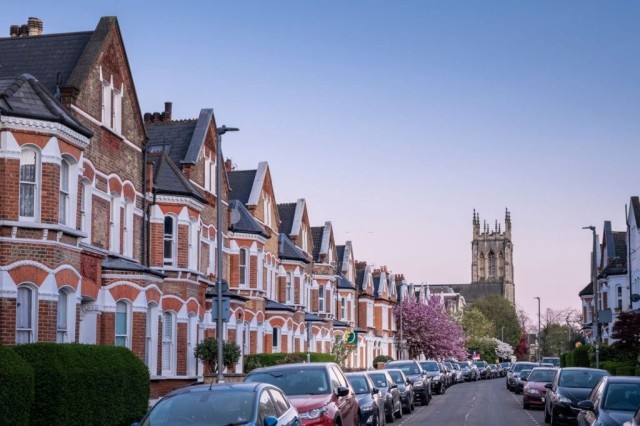





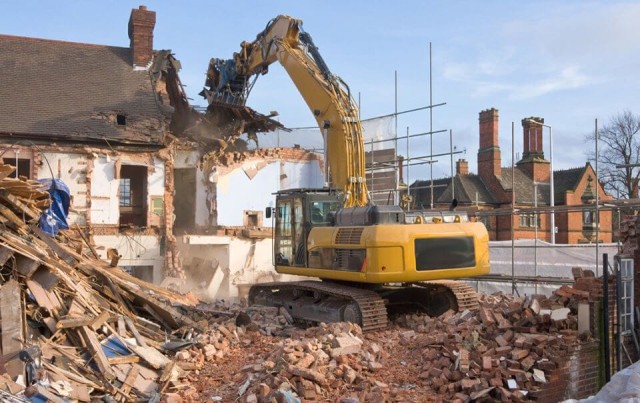
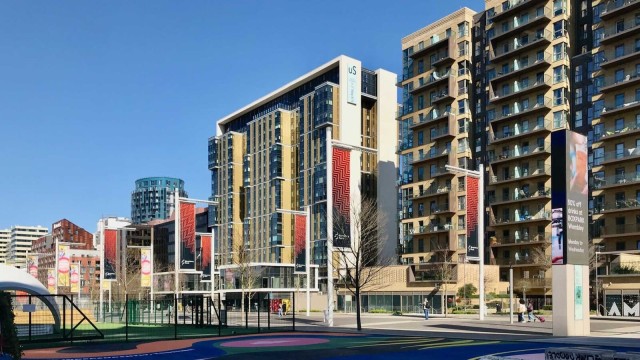


We specialise in crafting creative design and planning strategies to unlock the hidden potential of developments, secure planning permission and deliver imaginative projects on tricky sites
Write us a message